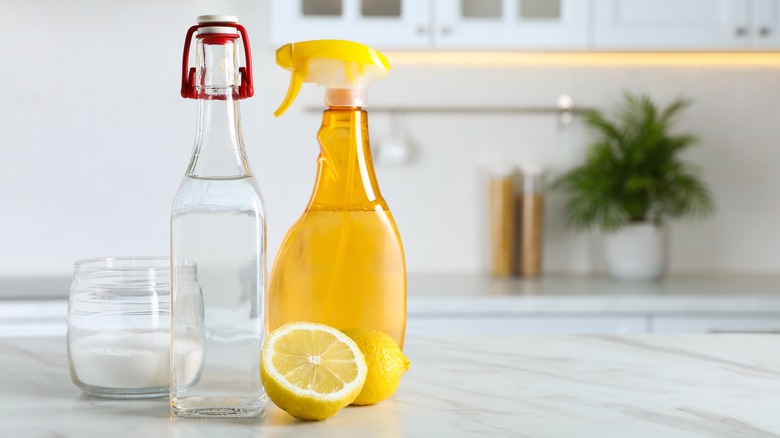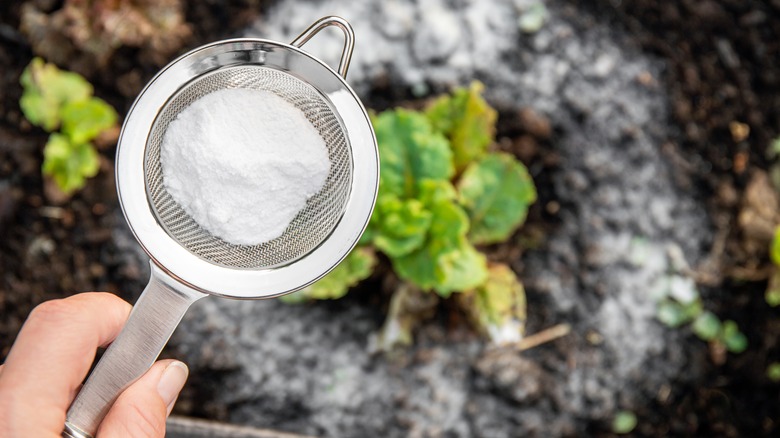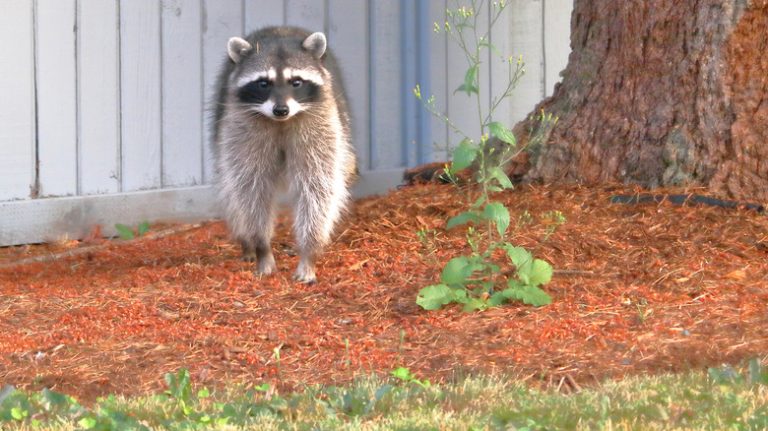Baking soda enjoys a reputation as a low-key, inoffensive helper with a lot of daily chores, from scrubbing surfaces clean to freshening up the smell of whatever room needs it. We use this stuff in our refrigerators (whether it’s the best option or not), so it must be pretty harmless, right? Not necessarily.
Renaissance physician and philosopher Paracelsus is credited with the maxim “The dose makes the poison.” By this, he meant that pretty much everything is toxic in a sufficient dose, and everything is harmless in a sufficiently small dose. And so it is with baking soda.
Greatly diluted, it’s beneficial in the garden in many ways; it can act as a fungicide, or even as a component of fertilizer. Your tomato plants, for example, can benefit greatly from its ability to ward off the many fungal diseases tomatoes are prone to.
At stronger levels, baking soda can act as a weed killer to keep unwelcome plants from robbing your tomato plants of nutrients. Only, it’s not just a weed killer. It’s a non-selective herbicide and it will be just as happy to harm your tomato plants if you don’t use it carefully. So you must take care to apply it only where you intend for it to work and in only the right amounts.
How to use baking soda to safely kill weeds

Baking soda mostly works by dehydrating weeds (or whatever plants it encounters) via its salt content. It does this by damaging the parts of the plant that it touches, such as foliage, so it doesn’t usually affect the root systems. To damage the roots, you’d need to apply so much directly to the soil that it’s likely to damage nearby plants when dissolved and spread by rain or irrigation. For the same reason, it’s best to use baking soda when you’re not expecting rain soon.
What all of this means is that baking soda is best used sparingly and as part of a larger weed-control program. One novel approach, reported by the estimable Potato News Today (which boasts of “no-frills” potato news, if you’re tired of frilly potato news), was a 2024 experiment that sandblasted weeds (actually, crushed walnut shells and corn cobs were used in place of sand), cleaned up any remaining weedy bits with baking soda, then finished up with half the usual amount of herbicide. You could replace either the sandblasting or the herbicide, or both, with manual weeding.
When the baking soda part of your weed-control regimen comes around, mix 1 ½ cups of baking soda with a tablespoon of lemon juice or vinegar, and add the result to a gallon of water. Spray this concoction on as much foliage as you can without overspraying onto the plants you’re cultivating. You can also apply some directly to the base of the weeds, though such a focused approach might not be more efficient than weeding by hand.




